What Is Masago? – Pros and Cons of Capelin Roe
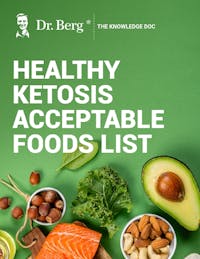
Healthy Keto Acceptable Foods List
Explore a comprehensive list of foods and beverages that align with Healthy Keto®
Identify which foods support fat-burning and metabolic health
Discover nutritious options for fats, proteins, and vegetables to support your health goals
Learn about common foods that aren’t Healthy Keto-approved

Healthy Keto Acceptable Foods List
Explore a comprehensive list of foods and beverages that align with Healthy Keto®
Identify which foods support fat-burning and metabolic health
Discover nutritious options for fats, proteins, and vegetables to support your health goals
Learn about common foods that aren’t Healthy Keto-approved

Healthy Keto Acceptable Foods List
Explore a comprehensive list of foods and beverages that align with Healthy Keto®
Identify which foods support fat-burning and metabolic health
Discover nutritious options for fats, proteins, and vegetables to support your health goals
Learn about common foods that aren’t Healthy Keto-approved

Healthy Keto Acceptable Foods List
Explore a comprehensive list of foods and beverages that align with Healthy Keto®
Identify which foods support fat-burning and metabolic health
Discover nutritious options for fats, proteins, and vegetables to support your health goals
Learn about common foods that aren’t Healthy Keto-approved

Healthy Keto Acceptable Foods List
Explore a comprehensive list of foods and beverages that align with Healthy Keto®
Identify which foods support fat-burning and metabolic health
Discover nutritious options for fats, proteins, and vegetables to support your health goals
Learn about common foods that aren’t Healthy Keto-approved

Healthy Keto Acceptable Foods List
Explore a comprehensive list of foods and beverages that align with Healthy Keto®
Identify which foods support fat-burning and metabolic health
Discover nutritious options for fats, proteins, and vegetables to support your health goals
Learn about common foods that aren’t Healthy Keto-approved

Healthy Keto Acceptable Foods List
Explore a comprehensive list of foods and beverages that align with Healthy Keto®
Identify which foods support fat-burning and metabolic health
Discover nutritious options for fats, proteins, and vegetables to support your health goals
Learn about common foods that aren’t Healthy Keto-approved

Healthy Keto Acceptable Foods List
Explore a comprehensive list of foods and beverages that align with Healthy Keto®
Identify which foods support fat-burning and metabolic health
Discover nutritious options for fats, proteins, and vegetables to support your health goals
Learn about common foods that aren’t Healthy Keto-approved

Healthy Keto Acceptable Foods List
Explore a comprehensive list of foods and beverages that align with Healthy Keto®
Identify which foods support fat-burning and metabolic health
Discover nutritious options for fats, proteins, and vegetables to support your health goals
Learn about common foods that aren’t Healthy Keto-approved
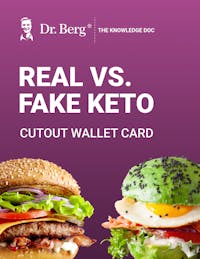
Keto vs. Non-Keto
Quickly compare keto-friendly foods with non-keto options for easy reference
Use this wallet card to make informed food choices while shopping or dining out
Identify fake keto foods and ingredients that you should avoid
Simplify decision-making with clear, practical guidelines

Keto vs. Non-Keto
Quickly compare keto-friendly foods with non-keto options for easy reference
Use this wallet card to make informed food choices while shopping or dining out
Identify fake keto foods and ingredients that you should avoid
Simplify decision-making with clear, practical guidelines

Keto vs. Non-Keto
Quickly compare keto-friendly foods with non-keto options for easy reference
Use this wallet card to make informed food choices while shopping or dining out
Identify fake keto foods and ingredients that you should avoid
Simplify decision-making with clear, practical guidelines

Keto vs. Non-Keto
Quickly compare keto-friendly foods with non-keto options for easy reference
Use this wallet card to make informed food choices while shopping or dining out
Identify fake keto foods and ingredients that you should avoid
Simplify decision-making with clear, practical guidelines

Keto vs. Non-Keto
Quickly compare keto-friendly foods with non-keto options for easy reference
Use this wallet card to make informed food choices while shopping or dining out
Identify fake keto foods and ingredients that you should avoid
Simplify decision-making with clear, practical guidelines

Keto vs. Non-Keto
Quickly compare keto-friendly foods with non-keto options for easy reference
Use this wallet card to make informed food choices while shopping or dining out
Identify fake keto foods and ingredients that you should avoid
Simplify decision-making with clear, practical guidelines

Keto vs. Non-Keto
Quickly compare keto-friendly foods with non-keto options for easy reference
Use this wallet card to make informed food choices while shopping or dining out
Identify fake keto foods and ingredients that you should avoid
Simplify decision-making with clear, practical guidelines

Keto vs. Non-Keto
Quickly compare keto-friendly foods with non-keto options for easy reference
Use this wallet card to make informed food choices while shopping or dining out
Identify fake keto foods and ingredients that you should avoid
Simplify decision-making with clear, practical guidelines

Keto vs. Non-Keto
Quickly compare keto-friendly foods with non-keto options for easy reference
Use this wallet card to make informed food choices while shopping or dining out
Identify fake keto foods and ingredients that you should avoid
Simplify decision-making with clear, practical guidelines
Masago is a type of edible fish egg prevalent in Japanese cuisine. It’s typically used to add texture and flavor to dishes and is a popular topping for sushi rolls and sashimi.
Masago is keto-friendly and, like other fish eggs, rich in heart-healthy omega-3 fatty acids, vitamin B12, and selenium.
While masago is generally considered healthy, not all masago is the same. Learn how to choose the best quality masago for your health.
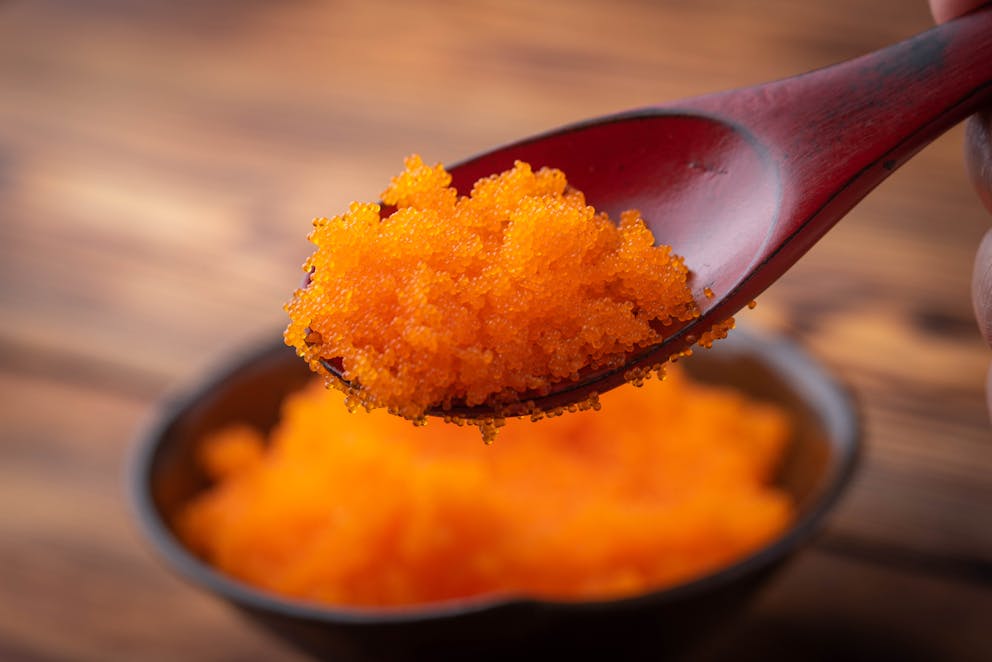
What is masago?
Masago roe, or capelin roe, are fish eggs harvested from female capelin fish, a small forage fish species that’s native to the North Atlantic, North Pacific, and Arctic Oceans. Although edible, capelin fish are predominantly caught for their fish roe and to produce various fish oil products.
Fresh masago eggs have a slightly crunchy texture, are pale yellow in color, and have a mild umami flavor. These small fish eggs work great in poke bowls, sushi recipes, and other seafood dishes.
It isn’t uncommon to find masago mixed with soy sauce, squid ink, wasabi, or ginger to increase the flavor profile and to achieve brightly green, orange, or black fish eggs that make a fun and colorful garnish.
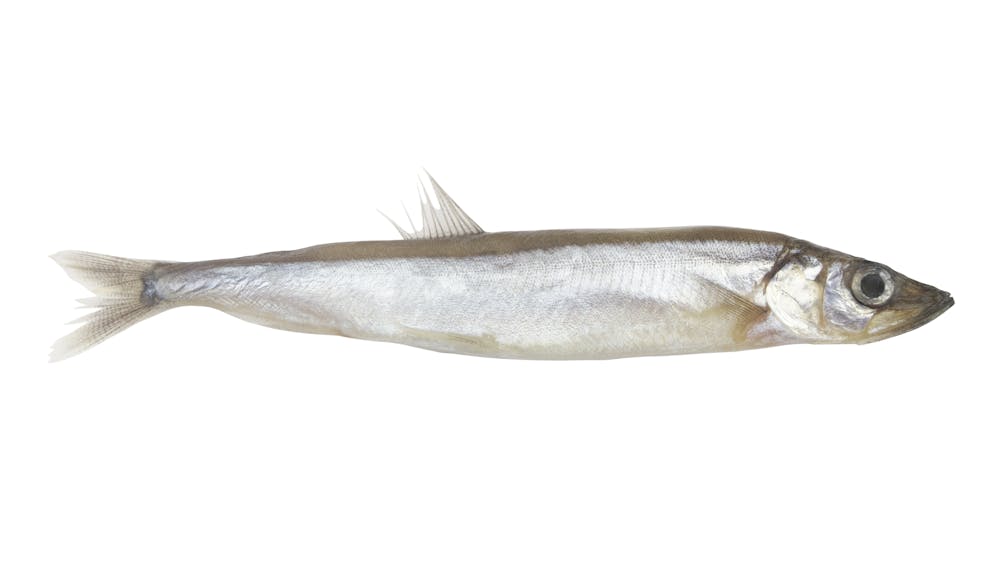
Is masago healthy?
Masago is incredibly nutritious, and for a good reason. Fish roe must provide all the nourishment needed to grow and develop fish larvae until ready to hatch.
Like most other fish roe, masago is a rich source of nutrients that supports health and well-being, including vitamins, minerals, omega-3 fatty acids, and protein.
Because of its impressive nutritional profile, pure masago is generally considered healthy.
It’s important to note that some commercial masago products can contain artificial dyes and flavorings to enhance color or taste. Orange masago, the most common type, often is dyed with synthetic food coloring that may cause digestive issues, bloating, and other adverse reactions.
Masago nutrition facts
Masago is highly nutritious. It’s low in calories, provides good-quality protein, and is packed with heart-healthy fats.
One tablespoon of masago provides:
20 calories
1 g total fat
3 g protein
0 g carbs
Masago is also a rich source of other micronutrients, including:
Vitamin C
Vitamin B2
Vitamin B12
Vitamin D
Vitamin E
Selenium
Magnesium
Is masago keto-friendly?
Masago and other fish eggs, including caviar and salmon roe, are keto-friendly. Masago is low-carb and rich in protein and healthy fats, making it a delicious treat you can safely enjoy on keto.
However, some masago products contain high-fructose corn syrup (HFCS). This highly processed sweetener can cause a rapid rise in your blood sugar and insulin levels, and even small amounts can quickly kick you out of ketosis.
It’s important to read labels or, if you are eating at a restaurant, ask the chef about the masago used for their recipes to avoid added sugars, syrups, and other non-keto-friendly ingredients.

Health benefits of masago
Masagos' many health benefits are mainly due to its impressive nutrient content, and eating moderate amounts of masago can be a healthy choice to support your well-being.
Omega-3 fatty acids
Masago is rich in heart-healthy and anti-inflammatory omega-3 fats. These fatty acids stimulate the production of anti-inflammatory compounds that help your body fight inflammation and support balanced cholesterol levels.
Research suggests that regular seafood consumption, including fish roe, supports a healthy body and may reduce symptoms of chronic inflammatory conditions, including rheumatoid arthritis and eczema. It’s also been found to be beneficial in lowering high blood pressure.
Vitamin B12
Masago is a good rich source of vitamin B12, a water-soluble vitamin that's important for many functions in the body.
Vitamin B12 plays a role in the production of red blood cells, the formation of DNA, the functioning of the nervous system, and the metabolism of fats and proteins. One tablespoon of masago contains more than 100% of the daily recommended value of vitamin B12.
Selenium
Fish roe, including masago, provides good amounts of selenium, an essential mineral necessary for thyroid function and immune health.
Selenium also has potent antioxidant properties that protect your cells from oxidative stress linked to chronic inflammation and premature aging.
Low in mercury
Masago is generally low in mercury, a toxic heavy metal that can accumulate in the bodies of fish and other marine animals.
This makes masago an excellent source of marine omega-3 fatty acids without the risk of heavy metal toxicity.
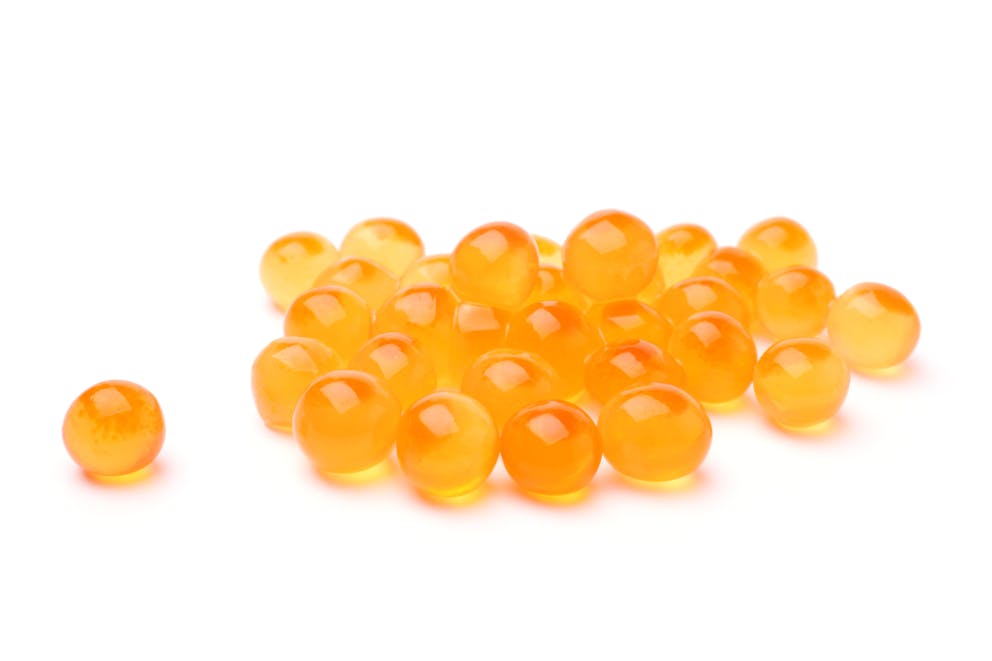
Downsides of masago
While masago generally is considered healthy, it also has some potential downsides.
High in sodium
Masago is high in sodium. While moderate amounts of masago are unlikely to cause adverse health effects, it’s best to avoid eating masago in excess if you have high blood pressure.
Added ingredients
Because masago naturally has a pale color and mild flavor, it’s often combined with other ingredients to enhance its taste and color.
While some masago is combined with natural foods, including wasabi and squid ink, other masago products may contain monosodium glutamate (MSG), GMO soy sauce, and high fructose corn syrup (HFCS).
Not only is HFCS not keto-friendly, but monosodium glutamate and GMO-derived soy are linked to gastrointestinal issues and hormonal imbalances.
Potentially allergenic
Masago and other types of seafood have the potential to cause an allergic reaction in some people.
Masago allergy is caused by an immune system reaction to proteins in capelin roe. Symptoms of masago allergy can range from mild to severe and may include itching or tingling in the mouth, hives, swelling, difficulty breathing, nausea, vomiting, and diarrhea.
Are masago and tobiko the same?
Masago and tobiko are types of edible fish eggs that are commonly used in Japanese cooking.
Tobiko is the roe of flying fish known for its bright orange color and slightly sweet, briny flavor. Tobiko eggs are generally larger and more flavorful than masago eggs and have a crunchier texture.
In contrast, masago is harvested from capelin fish and has a mild, slightly salty flavor. It’s naturally paler than tobiko and is often combined with other ingredients to enhance its color and taste.
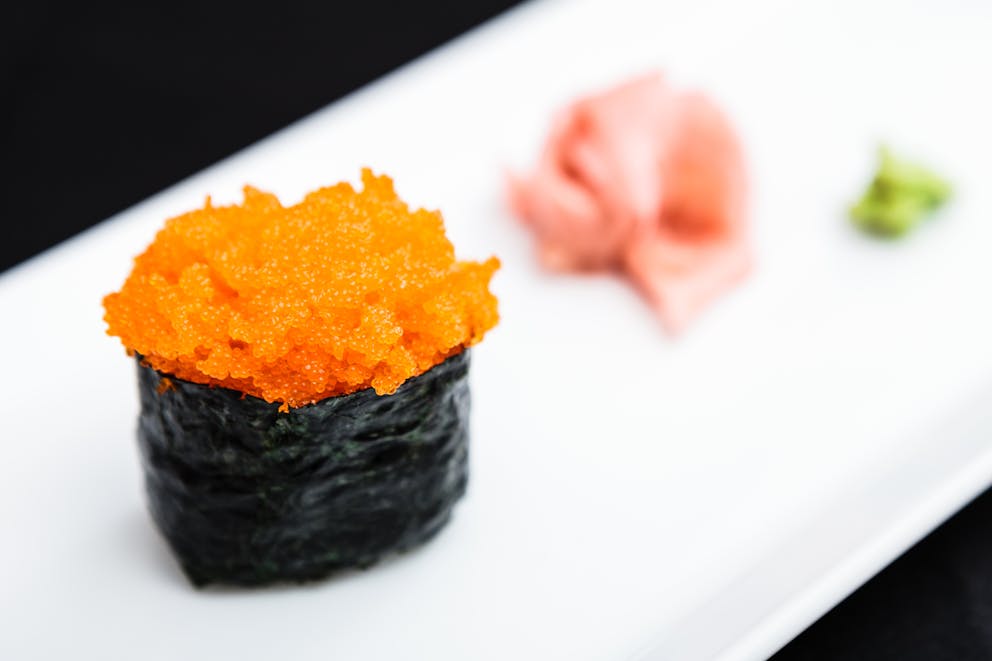
Key takeaways
Masago is a keto-friendly type of fish roe rich in vitamins, minerals, and healthy fats. It’s typically served raw as a topping for sushi, sashimi, and other Japanese dishes.
Because of its pale color and mild flavor, masago often is combined with other ingredients to enhance its color and flavor profile. It’s important to read labels to avoid masago products containing artificial ingredients, synthetic dyes, and high fructose corn syrup.
FAQ
1. What is masago in sushi?
Masago is an edible fish egg harvested from capelin, a small saltwater fish belonging to the smelt family. It has a mild flavor and is often used as a condiment or garnish in Japanese cuisine. Masago is a nutritious, keto-friendly food rich in heart-healthy fats, vitamins, and minerals.
2. Is masago actually fish eggs?
Yes, masago is a type of edible fish egg of capelin fish. Masago is often used as a topping for sushi and other Japanese dishes. It’s also known as smelt roe or capelin roe.
3. Does masago taste like anything?
Masago has a mild flavor and a soft, slightly crunchy texture. It's common to find masago mixed with other ingredients, such as wasabi, soy sauce, or even squid ink, to enhance its color and flavor.
4. Can I eat masago raw?
Yes, masago is often served raw on top of sushi, sashimi, and other dishes. Masago also makes a great salad topping and can be mixed with light cream to make masago sauce. Masago is typically pasteurized, and it's safe to eat masago raw.
5. Can you be allergic to masago?
Yes, it’s possible to have allergic reactions to masago or any other type of fish or seafood. Masago allergy symptoms can range from mild to severe and may include itching, hives, swelling, difficulty breathing, and nausea.
6. Can I eat masago if I have a shellfish allergy?
If you have a shellfish allergy, avoiding masago or any other type of seafood is recommended. While masago isn't a shellfish, it contains vitellogenin, a potentially allergenic protein linked to allergic reactions in individuals with seafood allergies.
7. Is masago good for weight loss?
Masago is relatively low in calories, with about 20 calories per tablespoon, and it's a good source of protein and omega-3 fatty acids. Evidence suggests that a diet high in healthy fats and protein supports weight loss and helps with weight maintenance.
8. Can masago have parasites?
It’s possible for masago or any other type of seafood to contain parasites. However, masago is generally not at high risk of having parasites because it's salted and pasteurized, which helps to kill potential parasites.
9. Is masago the same as tobiko?
While masago is harvested from capelin fish, tobiko is flying fish roe and is considered a delicacy. Tobiko eggs are larger, crunchier, and have a stronger flavor than masago eggs.
10. Can I have masago on Healthy Keto®?
Masago is nutritious and low-carb, making it an excellent food for Healthy Keto.
However, some masago products can contain artificial dyes, monosodium glutamate, GMO-derived soy sauce, or high fructose corn syrup. It's important to read labels to avoid masago high in carbs and other ingredients with potential negative health implications.
Previous blog
6 Amazing Health Benefits of Sunflower LecithinTags

Popular
08/21/2024
46.5K views
05/22/2024
41K views
11/18/2024
242.6K views
03/18/2024
11/21/2022




